
St. Mary Magdalene, Parish Church Of Gillingham
|
St. Mary Magdalene, Gillingham, also known as "The Church on the Green".
 It is believed, the first Christian church to be built on the hill by the River Medway, at Gillingham, was in the sixth or seventh centuries. The area of land that became the original village of Gillingham, was undoubtedly used by the Romans, as many Roman coins have been found in the area, and it's possible there was a pagan temple in the area before the church, however, there is no evidence for this. The first documentary evidence of a church at Gillingham is in 1086, in the Doomsday book compiled on the orders of William I.
Floor tiles in the Lady Chapel, which are believed to be mediaeval are thought to have come from the Archbishop's Palace that once stood on the south side of the church, now occupied by Council housing for the elderly. The church is known as St. Mary Magdalene, but it is possible, but unproven, that the original church was dedicated to St. Mary the virgin. Above the west door is an empty niche, where there may have once been a statue of the saint. 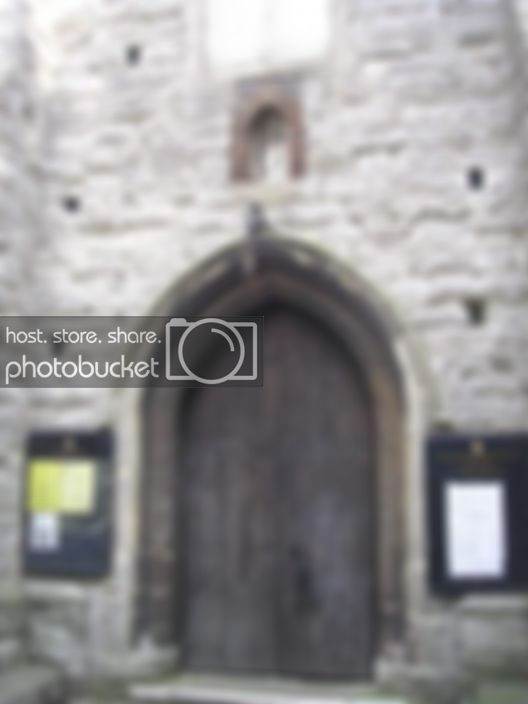 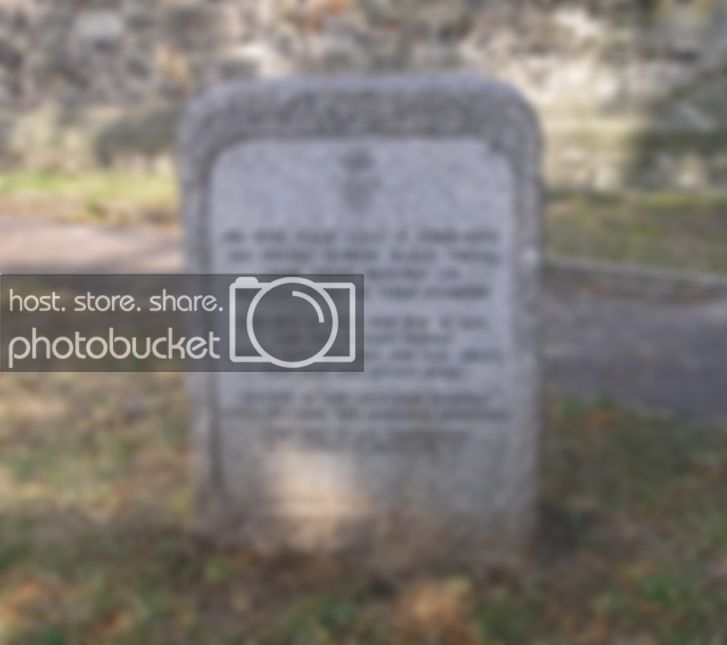 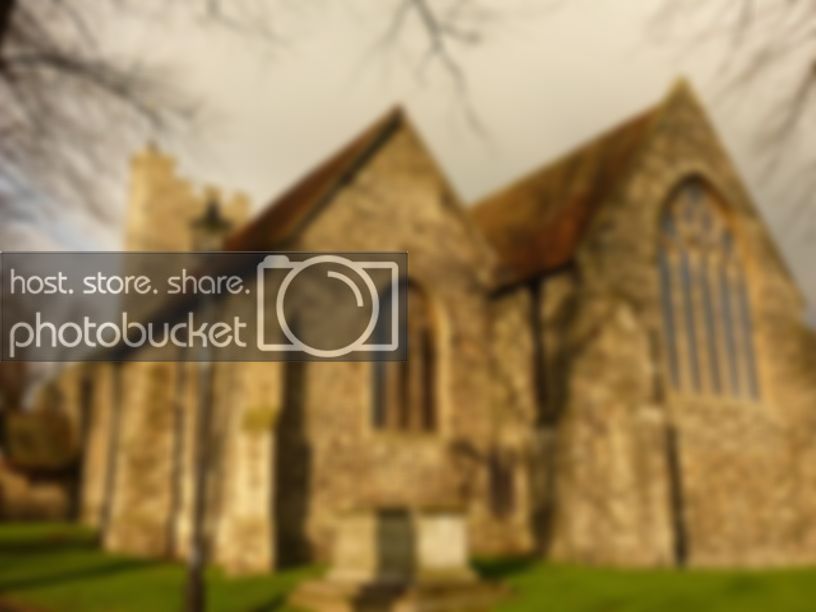 The church contains remains of Norman and English architecture, but is mainly Late Perpendicular. It was restored and beautified in the days when the Archbishops visited the locality. It is built mainly of flint, but the tower is of Kentish ragstone. The Chapel was restored in 1868 along with other restorations. Ancient glass and brasses were removed from the church at this time and replaced with Victoriana.
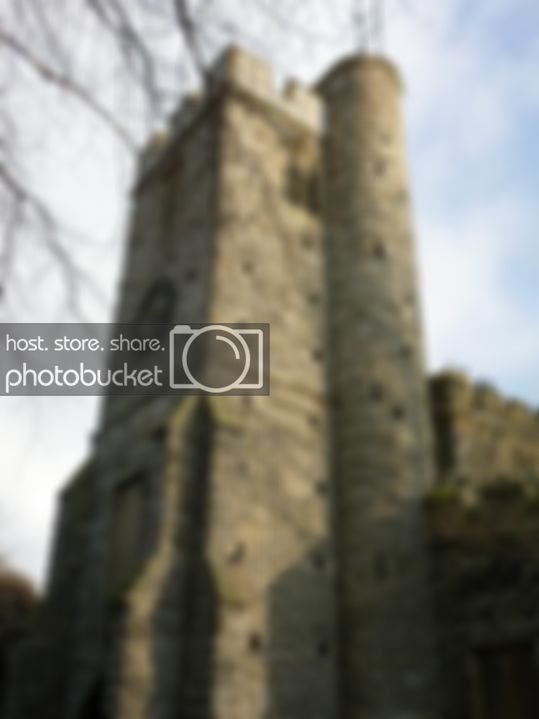 The holes in the tower are from the 14th century construction of the tower, where the scaffolding was originally placed.
1947 Newspaper clipping.  The church was one of those allowed to fly a White Ensign and the flag pole was repainted by Dockyard staff each quarter up until 1940, when the provision of leading lights at the Bull Nose, Chatham Dockyard, removed the need for the navigation beacon on the tower. In recent years an electric light was shone to celebrate Christmas and Easter. The church still has several White Ensigns, being gifts from the Navy in past years. 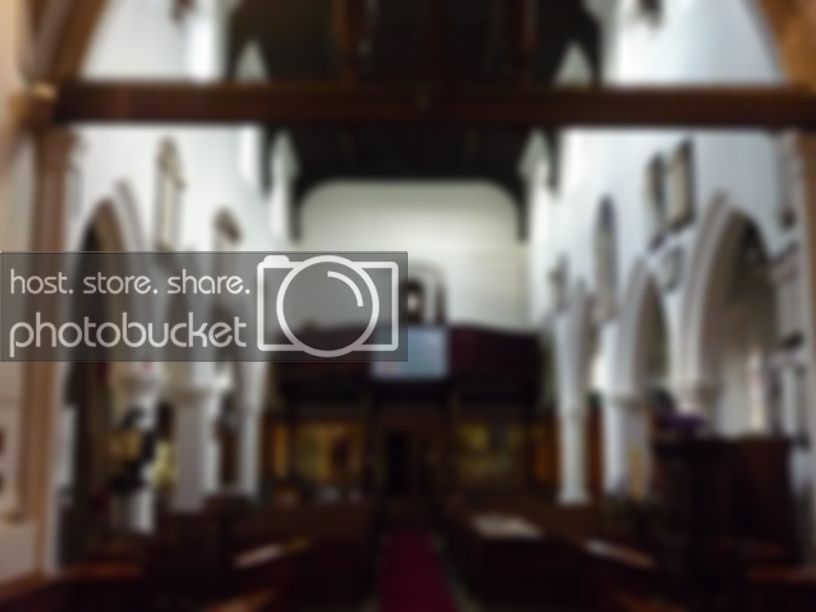 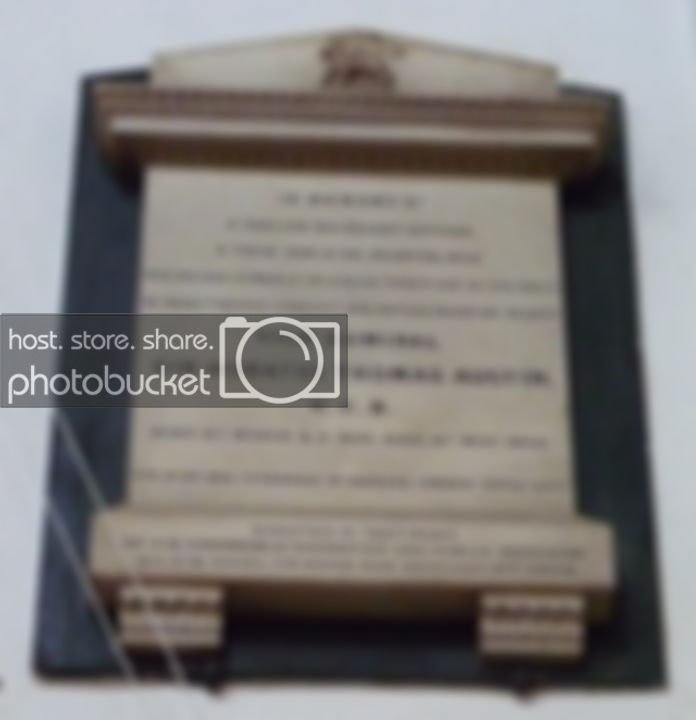 Inside, on the walls, are many memorials, many connected to local military and seafaring people.
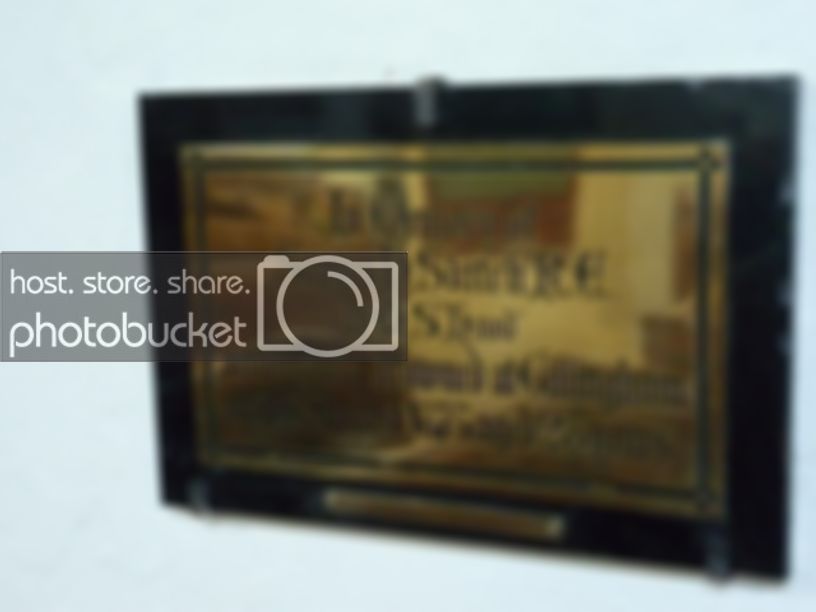 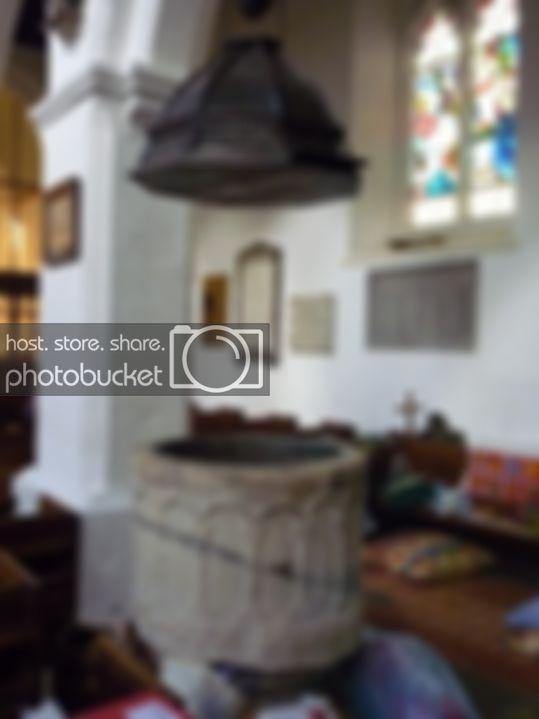 Will Adams, the first Englishman to set foot in Japan, in 1600, was baptised at St. Mary's, very possibly in this Norman Font in the church. 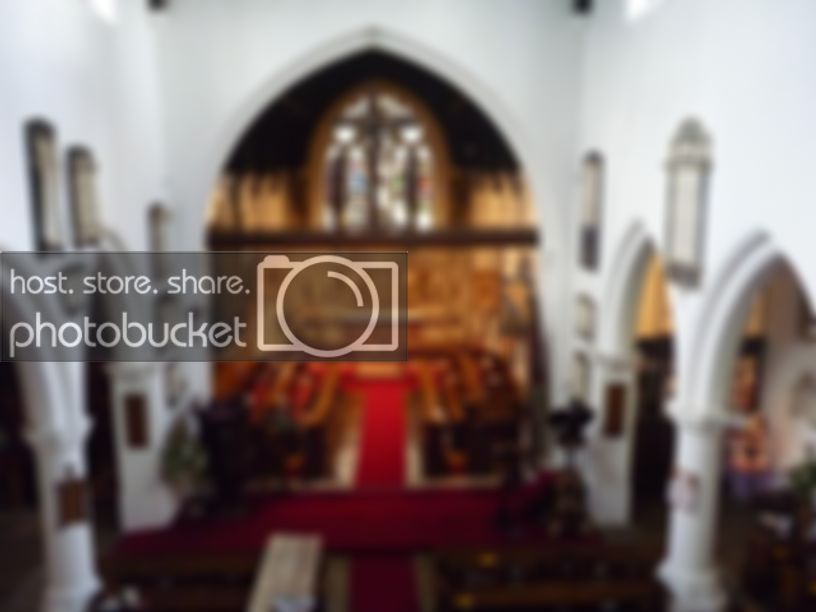 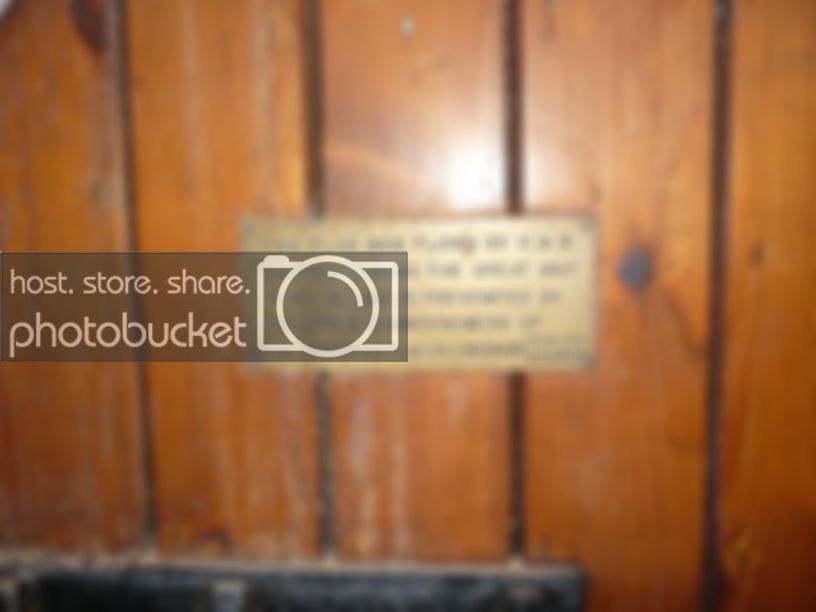 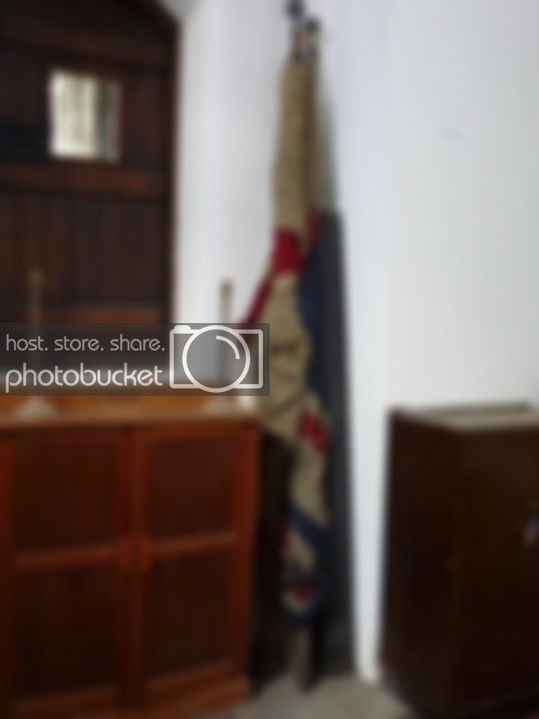 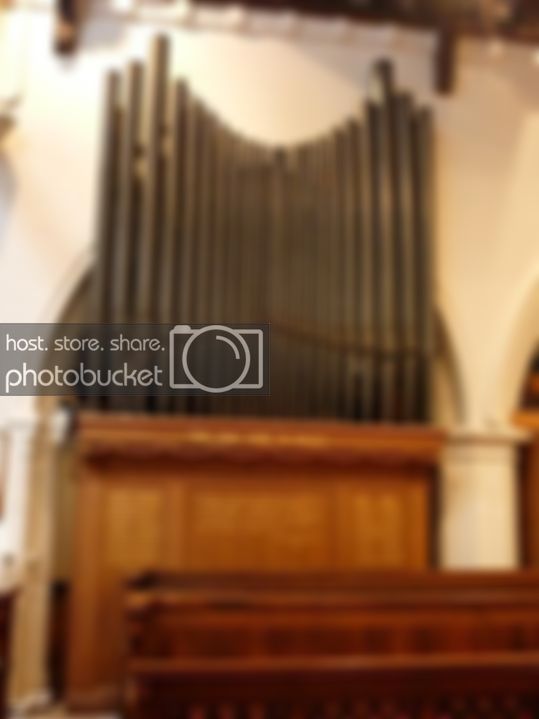 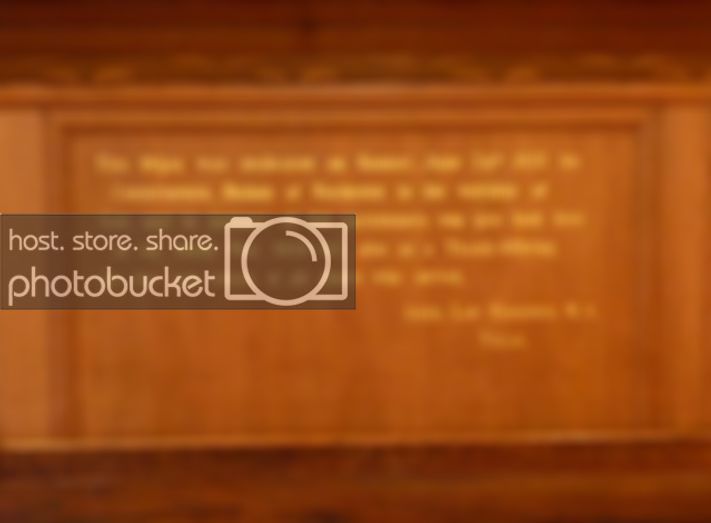 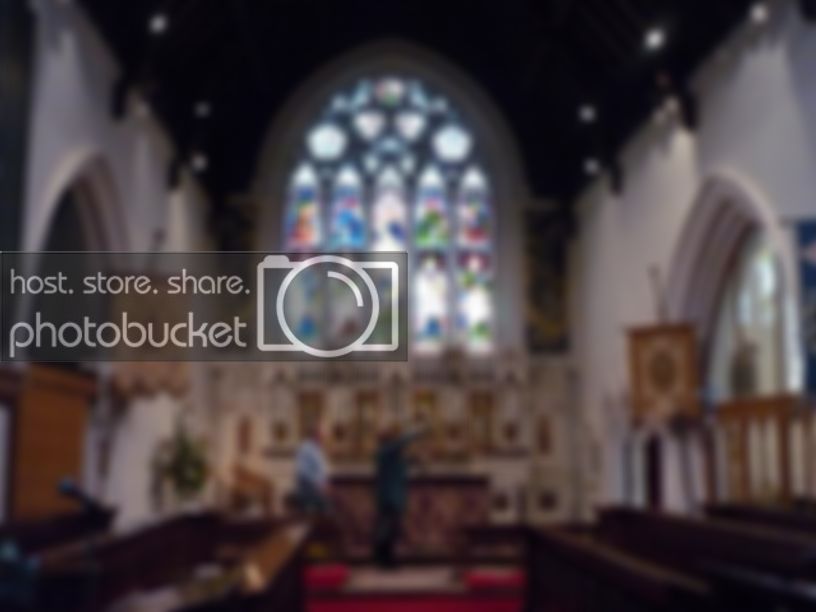 I would just like to thank, the lady who welcomed me, the Church Warden, and The Rev. Suzanne Pattle for being most kind and assisting me at St Mary's. | ||||
|
| ||||